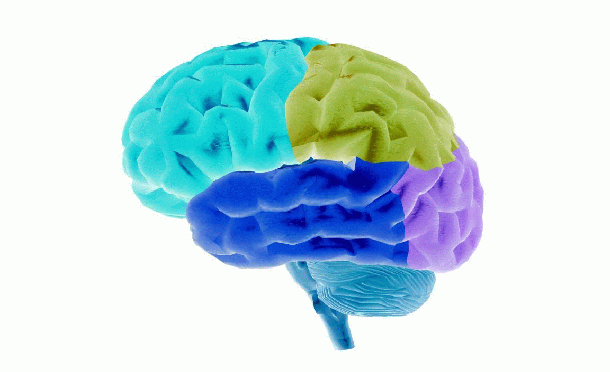Introduction Data Tools Publications Further resources Contact us

Mastering Remote Learning Assessment: Leveraging Monitoring Tools for Student Success
Educational institutions, prompted by factors like the pandemic, advancements in technology, and the need for flexibility, shifted from conventional classrooms to online learning. This transition brought forth significant changes, including the challenge of properly assessing students' performance in remote settings. Platforms such as Edulegit.com have emerged, offering classroom computer monitoring software specifically designed for assignment evaluation. Edulegit.com is dedicated to enhancing the quality of education by cooperating with teachers to combat plagiarism and cheating, thereby aiming to uphold academic integrity in the online learning environment.
In remote learning, assessment means figuring out what students know, how much progress they've made, and what skills they've gained. This happens through online tests, quizzes, projects, and discussions. Getting feedback quickly has become really important. It helps students see how they're doing right away and change how they're learning if they need to. But there have been challenges with traditional assessment methods in remote settings, like not having enough supervision, worries about cheating, and technical issues making it hard to evaluate students properly.
Understanding what tools are available for checking students' progress is essential in remote learning. Monitoring tools are super useful for educators. These tools vary in their types, such as learning management systems (LMS), proctoring software, and analytics tools. Learning management systems assist teachers in distributing learning materials, creating tests, and monitoring students' progress. Proctoring software makes sure exams are fair by watching students during tests. Analytics tools give insights into how well students are performing and engaging with the materials. They're great for real-time tracking, personalized learning, and making sure everyone is doing their work honestly.
Keeping students' privacy safe and using these tools in the right way is super important in remote learning. Teachers should pick tools that work well for different kinds of assessments and follow the rules about keeping students' information private. It's crucial to teach both students and teachers how to use these tools properly. This way, everyone knows what they're doing and can handle any technical problems that might pop up.
Making clear rules for assessments is key to using monitoring tools properly. These tools help with both ongoing assessments that happen regularly and final evaluations at the end of a learning period. But sometimes, there are issues like technical problems or some students not being able to access the tools easily. It's important to solve these problems so that everyone has a fair chance at doing well.
Lots of schools worldwide have shown that using monitoring tools can really help in remote learning. Some universities have seen fewer cheating incidents thanks to proctoring software. And analytics tools have helped teachers understand students better, giving them personalized help. Students say these tools are great because they get feedback quickly and feel supported in their learning. Real examples show how these tools have improved students' grades and made them more engaged in their learning.
Keeping assessments fair and looking out for students' well-being is really important in remote learning. Teachers need to use these tools in a way that makes students feel comfortable and safe. Addressing worries about being watched all the time is crucial for creating a good learning atmosphere. Teachers must create a supportive and welcoming environment while using these tools so that students feel excited about learning.
New advancements in monitoring tools will keep changing how we do assessments in remote learning. Things like AI-powered proctoring, personalized learning analytics, and better security measures will make assessments even better. In short, this article talks about how we can use monitoring tools in remote learning to keep things fair, help students do well, and make learning better for everyone.
To sum up, using monitoring tools smartly is a big part of remote learning. These tools help in assessments, keep things fair, and make sure students are doing well. As remote learning grows, using monitoring tools will become even more important in making sure all students get the best learning experience possible, no matter where they're learning from.